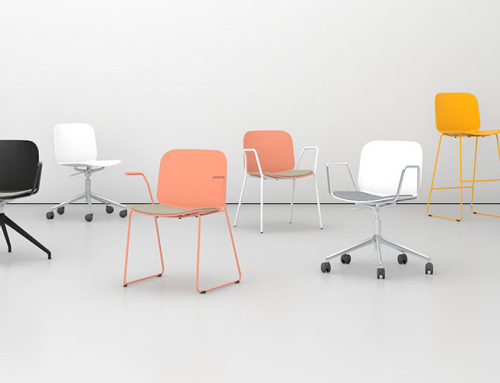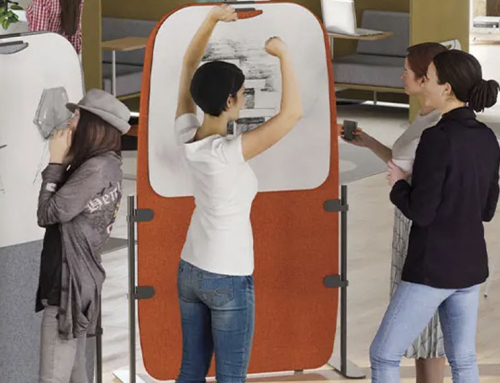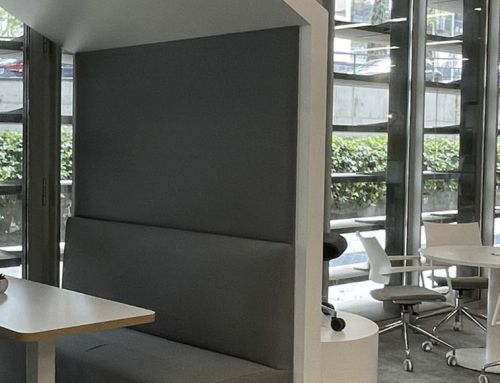Do we have suitable office furniture at home to work? Is it really important? In this post, we talk about ergonomics and occupational health.
Teleworking has been one of the great changes that the Covid 19 pandemic has imposed on our lives. Before the outbreak of this health crisis, the number of companies with employees teleworking in Spain was 5% compared to 34% that did so in May. The increase in these figures has led the Government to work on a new Telework Law.
Its text clearly specifies that teleworkers have the right to adequate protection in terms of health and safety. “Prevention must have a special impact on display screens, as well as on other aspects related to the job,” it states.
Although teleworking is considered one of the best prevention measures against the spread of the virus, it is also true that working from home can lead to exposure to other negative situations for our health, especially ergonomic and psychosocial risks, such as derivatives from sedentary lifestyle, muscular problems derived from bad posture caused by chairs not suitable for sitting for hours or technological stress.
Ailments associated with working with unsuitable office furniture
The result is that at the end of the working day, back and neck pain, heavy legs and other symptoms appear that indicate that we have been straining our body.
According to a study on ergonomics at work by Ofita, about 50% of workers complain of back pain (80% have suffered some episode of back pain in their life), 17% of muscle pain in the arms and legs and 45% report working in positions that are painful or that cause fatigue.
24% of those surveyed indicate the neck-shoulders area as the most affected. Generally, these ailments are related to the design of the workspace, and will increase with teleworking because the furniture in our homes is not appropriate to remain seated at a desk during the workday.
The furniture in our homes is not always healthy for working seated throughout the work day
Having a comfortable and healthy work space at home is a real need for thousands of workers today. And that position for the home office has to comply with the same ergonomic conditions as those of our professional environment since our work activity is the same.
Therefore, not everything works and, as the saying goes, “cheap is expensive” when what is at stake is our health. Furniture must be designed with the comfort and well-being of people in mind. That space to work at home requires two essential office furniture: a quality ergonomic office chair and a large and uncluttered desk.
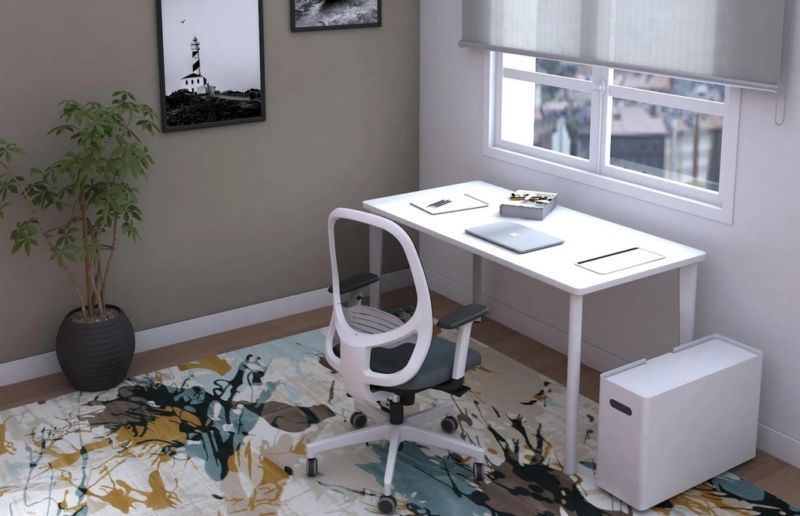
Telecommuting Office furniture
The desk should have enough space to allow legs to move and to collect wiring. Ofita has in its portfolio different suitable desks, an optimal desk also for teleworking.
This desk facilitates workstation wire management, including a Top Access to house power strips and store cables, with an aluminum cover for better access and a band for the cable outlet equipped with a closing damper to avoid annoying noises.
The ideal office chair for teleworking
In the case of the ideal office chair for teleworking, the most recommended is an ergonomically designed task chair that follows the movement of the body. Sixty percent of the ailments related to sedentary work are caused by a poor choice of chair. For a chair to be healthy and not cause these problems, its design must respond to ergonomic criteria and not just purely aesthetic ones, so that the user finds the support they need in the seat to maintain a correct and healthy posture.
Sixty percent of the ailments related to sedentary work are caused by a poor choice of office chair. An ergonomic office chair prevents pain and illness, and also creates healthy psychological states: it achieves greater efficiency in the development of work, reduces fatigue and increases the general well-being of its user and their motivation at work.
Sixty percent of the ailments related to sedentary work are caused by a poor choice of office chair
According to the aforementioned Ofita study, the highest frequency of complaints relate to the availability of armrests. Second (in order of frequency of complaints) is the comfort of the backrest. More than 30% of office chair users state that they do not use the backrest of the chair because it is uncomfortable for them.
It is very important to substitute static postures for sitting in active movement. For this, the backrest of the chair must not be excessively rigid. It has to allow for some flexibility, moving at small angles over a fixed position.
We remind you here of the requirements that a safe and ergonomic office chair must meet, such as the Ofita Hara.
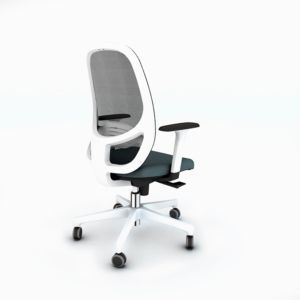
Likewise, order is essential in teleworking spaces. The elements that allow the filing and classification of the material in a simple and invisible way, such as this trolley from Ofita, are very useful.

Lastly, health and sustainability must be taken into account in creating a healthy and efficient home office. For this reason, healthy materials and plants should be chosen as much as possible in the workspace, for example.

